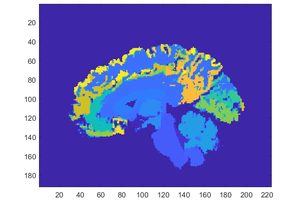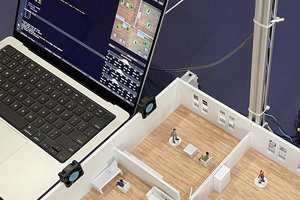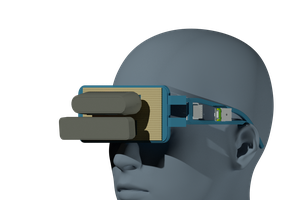Agriculture is the most important sector in the Indian economy. Indian agricultural sector accounts for 18% of India's GDP. Vegetable crop production is the backbone of Indian agriculture. It produces 14%(146.55 million tonnes) of world’s vegetables on 15% (8.5 million hectares) of world area under vegetables. Total vegetable exports from India was accounted for 2706.97 crores in 2010-11, sharing 2.25% of total agricultural exports and 0.23% of total national exports during the period. The vegetable crops with the largest production were cabbage, brinjal, onion etc with a total of 21.5tha, 17.5tha, 14.2tha respectively. To achieve a high yielding vegetable production, good agricultural practices are required. One of the most important practices is to properly manage weeds. Weeds affect crop yield due to competition to acquire plant nutrients and resources. They have very fast growth rates compared to the crops, and if not treated and managed, they may dominate the field. A recent estimate shows the weeds cause an annual loss of 1980 crores to Indian Agricultural which is more than combined losses caused by insects, pest and diseases. There are various methods for controlling weed infestation in crop production. It includes manual, chemical, biological and mechanical methods of weeding. Manual weeding involves the removal of weeds using hands which leads to expensive, time-consuming and it became difficult to exist. Mechanical weeding involves the use of various mechanical tools for weed removal. It is based on two types of weeding techniques, inter-row and intra-row weeding. Inter-row weeding which is those growing within the crop rows is relatively easily controlled by mechanical means. Intra-row weeding leads to a challenging task when the distance between each crop is not uniform. The proposed system, in this paper, is to solve the problem of intra-row weeding by building a robust alternative to manual weeding method that would not only help to tackle the scarcity of manual labour but also proves to be an effective alternative to chemical weeding techniques. It uses a computer vision assisted rotating tine weeding mechanism. The desired system is based on the OpenCV open source platform to carry the weeding mechanism. The methodology of our proposed system draws upon previously established concepts to automatically detect and pre-process training data from hyperspectral images obtained with a ground-based robot. Figure 3 shows the data path involved in the proposed system. The subsequent classification pipeline itself is based on prior work in supervised hyperspectral crop/weed discrimination. Therefore, the main contribution of this work is a self-supervised training data generation and weed detection system that is suitable for hyperspectral data obtained from vegetable fields. To demonstrate the system, it would be tested on rows of cabbages. For this implementation would be based on the inception model, which would be efficient in the classification of images. The application would be modelled as such where the interdependency of the component is vital in producing optimum results. Our proposed system is divided into two parts, the software and the hardware part. The main components associated with the hardware section are Nvidia Jetson TK1, Arduino UNO, Logitech C910 HD camera Module, Servo motor based weeding tool, power supply unit.
Intra Row Weeder
A computer vision assisted model to classify weed and cabbages using the machine learning concepts.
 amitash nanda
amitash nanda
 Nyeli Kratz
Nyeli Kratz
 Daniel
Daniel
 Jallson
Jallson
 cristidragomir97
cristidragomir97